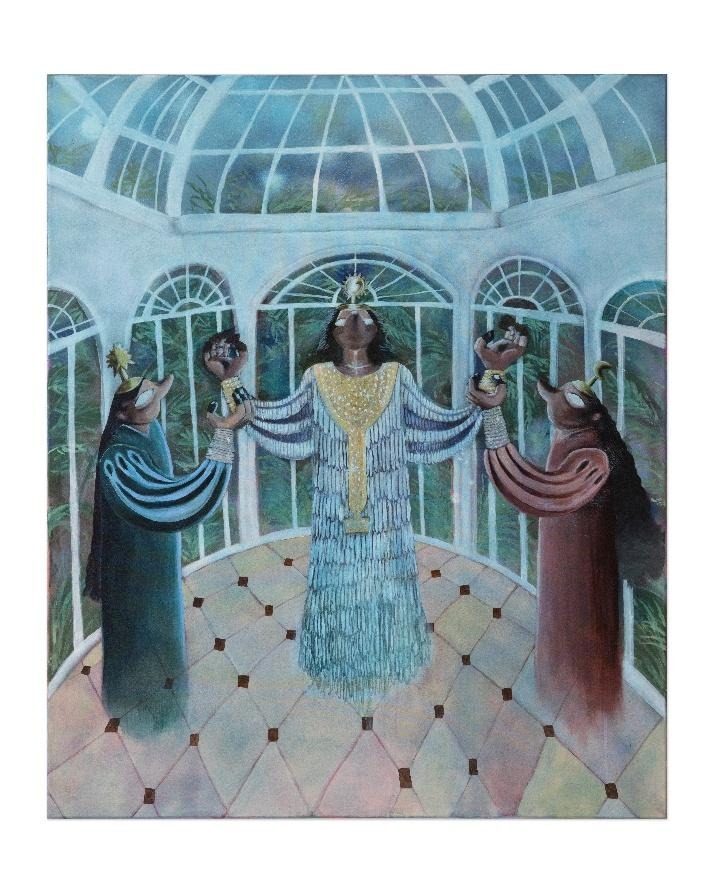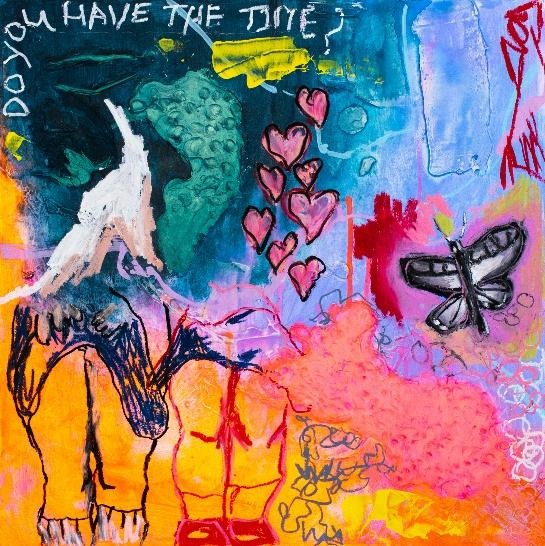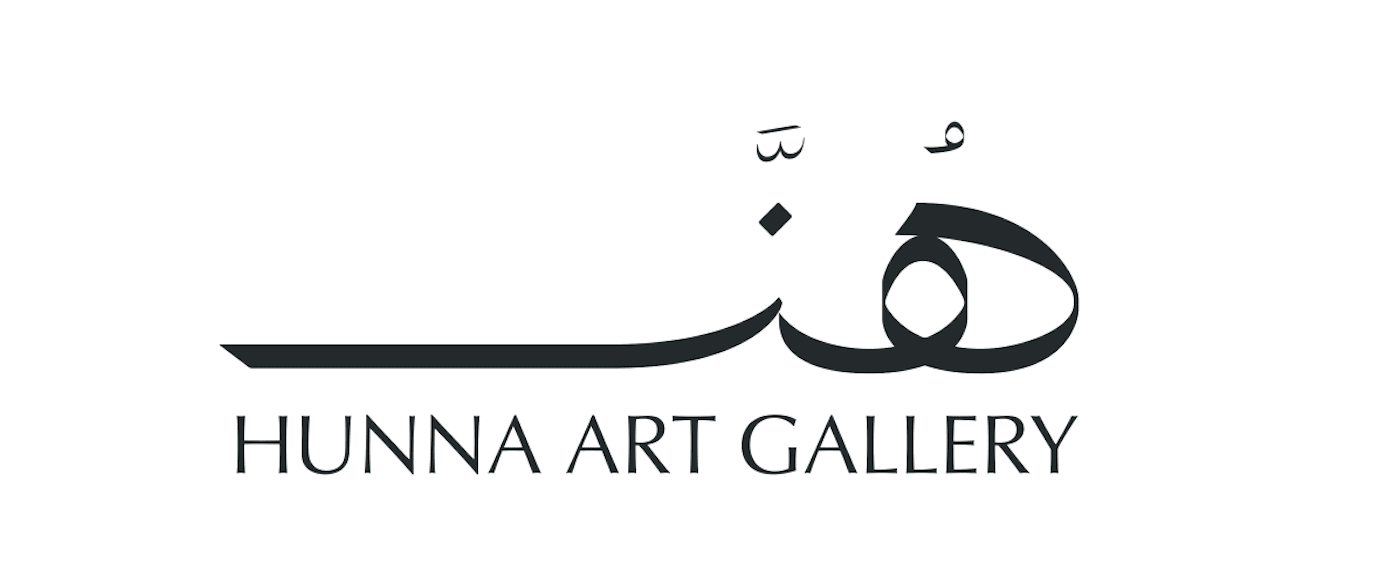Born in Dubai in 1996, Aliyah Al Awadhi moved with her family around the United Arab Emirates before settling in Abu Dhabi when she was in elementary school. Her early years were shaped by an instinctive retreat from attention, with the restlessness born of constant movement making it difficult to forge friendships, let alone sustain them. In the classroom she turned to drawing, a quiet practice that doubled as both refuge and expression and gravitated toward subjects that excused her from the demands of performance. These gestures, small yet formative, foreshadowed an artistic trajectory defined by a withdrawal from spectacle and the pursuit of alternative forms of visibility.
Growing up in the age of internet microblogs and vernacular archives like Tumblr, YouTube, and Deviant Art, Al Awadhi developed her own reference pool based on exposure to content found on such platforms: the unambiguously feminine performances of K-pop; the morbid and sensationalist fascinations of true crime forums; and broad access to a library of films that would later go on to greatly influence her—both aesthetically and otherwise—such as the works of Sofia Coppola, Harmony Korine, and Yorgos Lanthimos. Al Awadhi was introduced to a plethora of visuals and visions relating to womanhood, femininity, and beauty in its various forms. This fascination was deepened by a persistent immersion in female-dominated scenes—her home, her school, her university—making it inevitable that the female experience would take center stage in her practice. The relatively homogeneous environments of these settings, specifically public school, served as yet another source of inspiration. The uniforms, the dynamics between the students informed by the absence of men as a central social force, and most importantly, the rigidity of rules were all themes that the artist would go on to examine and explore. When questioned on the lack of male presence in her body of work, Al Awadhi answered simply and without pretence: “I don’t do it on purpose. I just find men to be an uninteresting subject.”

Untitled (2023)
Acrylic and oil pastels on loose canvas
Courtesy of the artist
After graduating from Zayed University with a BFA in Animation Design and a minor in Curatorial Practices, the artist lived alone and supported herself through painting commissions and institutional grants. The process of painting portrait after portrait helped her develop the technical aspects of her craft, despite acknowledging that her rendering of proportions is still off; an element that has since become one of the defining compositional techniques of her work. This repetition allowed Al Awadhi to establish a visual language that is so distinctly her own, a feat made possible through trial and error.

Painting commissioned by the author of this text
2021
Acrylic on canvas
For Al Awadhi, reading is a vital aspect of her practice as it counterbalances the visual saturation, offering a slower, more intimate mode of thinking that grounds her work beyond surface aesthetics. Introduced as a generational hobby by her mother, who encouraged her immersion in books, the habit has honed her sensitivity to language and legitimized her attraction to themes of the abject, the feminine, and the disruptive. This quiet engagement allows the artist to preserve solitude while remaining in dialogue with other minds, mirroring the tensions her art seeks to hold. Reading becomes not only a form of research but also an act of continuity, depth, and personal development that sustains and sharpens her visual world. The writings of Haruki Murakami, Gillian Flynn, Ursula K. Le Guin were her introductions to magical realism, feminine rage, and speculative worlds, as well as a history of reading fanfiction online during her teenage years. In the days of Tumblr-era fandom culture, the unpolished yet obsessive writing styles of fan communities form an invisible but potent layer in her work. It was there that intensity and desire were first rehearsed in text before they were translated into image. The presence of magic and mysticism in Al Awadhi’s paintings harks back to the media exposure of her childhood. The fascination with witchcraft that surged in the late 1990s and early 2000s was driven by the growing visibility of Wicca and neopaganism. These belief systems, which gained traction specifically in North America, became increasingly associated with youth culture, feminism, and alternative spirituality. This wave gave rise to a genre of films and television shows that ranged from the lighthearted, such as Matilda, Charmed, and Buffy the Vampire Slayer, to darker, more psychological works like The Craft and The Blair Witch Project. In her work, magic functions partly as a gesture of personal nostalgia, a fond return to that specific cultural moment. At the same time, themes of witchcraft and sorority offer a symbolic language for autonomy and resistance, especially in situations shaped by vulnerability or a lack of power. Childhood rituals like performing rain dances at the urging of her older sister or gathering with siblings in bathrooms and bedrooms to escape adult interference led to the appearance of personal and intimate spaces in her practice.

The Solarium (2025)
Acrylic on canvas
Courtesy of the artist
Though her practice has evolved both technically and thematically, moving beyond depictions of girls in school uniforms and interior spaces, core ideas persist. The concepts of collective memory, fantasy, womanhood, and the body continue to underpin her work. Many of her more recent paintings revolve around consumption, where the act of eating becomes a medium through which Al Awadhi examines repressed feelings. The figures’ warped bodies, caught in unruly gestures, allude to the cultural pressures and taboos surrounding women’s appetites, both bodily and symbolic. The frenzied eating, bypassing conventional preparation or refinement, transforms an ordinary meal into a scene of childish defiance and reveals a fraught relationship with food and nourishment, underscoring themes of shame, excess, and control. This tension is sharpened in an age of extreme surveillance, where women’s bodies, gestures, and hungers are subject to continual observation by others and by women themselves, creating a mechanism of internalized governmentality. To eat messily or with visible desire becomes transgressive, dragging hunger out of the private sphere and forcing it into public view, a refusal of the discipline that demands consumption be silent, shameful, or secret.

Milk Powder (2024)
Acrylic on canvas
Courtesy of the artist
While drawing from conventionally feminine sources of influence, the paintings she produces don’t adhere to standards of femininity. These figures, with their gapped teeth, large noses, wild, untamed hair, and distorted bodies, are a way to explore abjectness and provide an escape from the societal framework of what constitutes beauty. Paradoxically, the artist still “beautifies” her work using glitter and pastel colors, which she has always been drawn to and perceives as symbols of naivety and incorruptibility, akin to diary entries: tools of girlhood deployed to express rage and disgust. The distortion of the body destabilizes conventional notions of beauty by framing it as both a construct of power and a site of resistance. Observing Al Awadhi’s figures, beauty is never simply aesthetic; it is entangled with desire, violence, and social control, revealing how bodies are disciplined, both through the gaze and myth. She aims, in her work, to reclaim beauty as something changeable, with plurality, resisting singular definitions. Through exaggerated imagery, she emphasizes that beauty is not an inherent quality but a performative and shifting force, contingent on perspective, context, and imagination. .

Do you have the time? (2024)
Acrylic, modelling paste and oil pastels on wooden board
Courtesy of the artist
The artist’s work becomes a tool for processing the last decade and a half of her life, with the psychological remnants of girlhood and adolescence still embedded in her current experience of womanhood. These themes remain urgent because they have been recently endured, the dust not yet settled. She anticipates that her practice will shift and adapt as she grows, not by smoothing over the past, but by dragging its traces into the present.
In contrast to her shy, introverted character, Al Awadhi creates women who are not intimidated by taking up space. She invites us to come as we are—grotesque, pathetic, fragile creatures—into a realm that will allow us to be without feelings of shame or societal pressure. This is a form of liberation the artist wishes to achieve for herself in an age where we are all shackled by expectations, plagued by doubt, obsessed with aesthetics, and terrified at the prospect of aging. She presents us with figures that transcend the real and are, beyond all else, free.
By Aisha AlAhmadi


